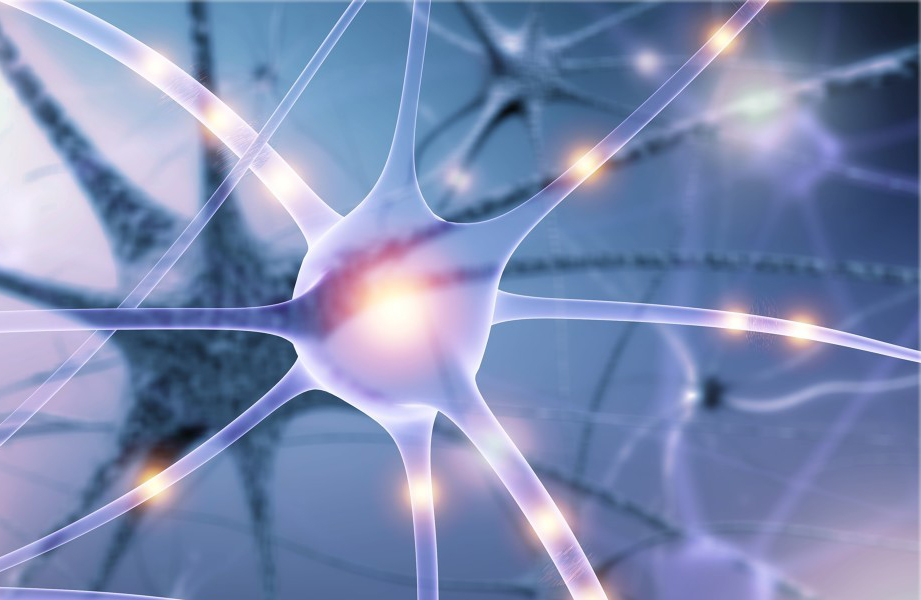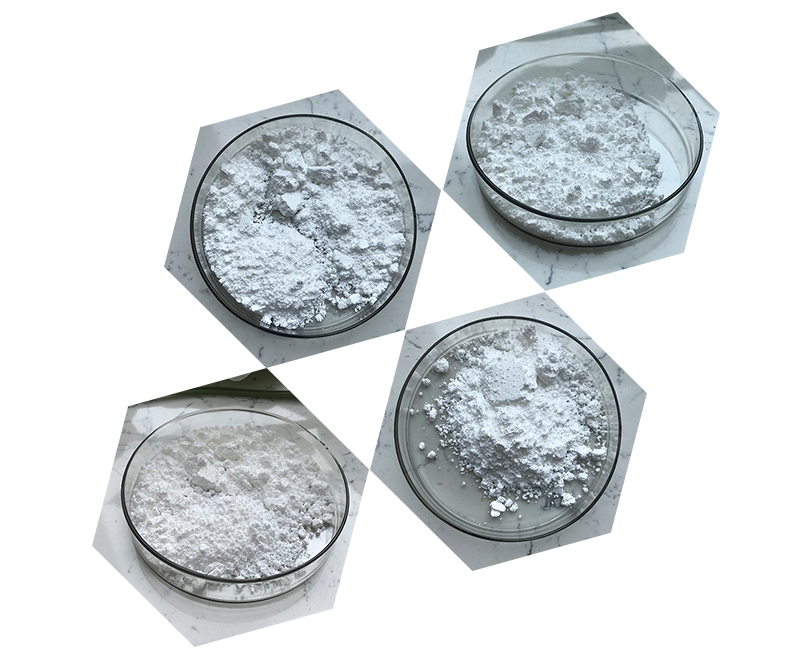NMNH (Reduced Nicotinamide Mononucleotide) is a derivative of Nicotinamide Mononucleotide (NMN), a compound involved in the biosynthesis of nicotinamide adenine dinucleotide (NAD+), which plays a critical role in cellular metabolism and energy production.
Potential Treatments and Applications
- Aging and Longevity: NMN and its reduced form, NMNH, are being studied for their potential to promote longevity and combat age-related diseases by boosting NAD+ levels.
- Metabolic Disorders: Research suggests that NMNH may have beneficial effects on metabolic health, including improved glucose tolerance and insulin sensitivity, making it a candidate for treating conditions like type 2 diabetes.
- Neuroprotection: There is some evidence that NMNH may offer neuroprotective effects, potentially benefiting neurodegenerative diseases like Alzheimer’s.
- Cardiovascular Health: NMNH may contribute to improved cardiovascular health by enhancing endothelial function and promoting healthy blood flow.
Mechanisms of Action
- NAD+ Synthesis: NMNH is involved in NAD+ synthesis, which is crucial for energy metabolism and maintaining cellular functions.
- Sirtuin Activation: NAD+ is a cofactor for sirtuins, enzymes that regulate cellular health and longevity, possibly explaining NMNH’s effects on aging.

Current Research
While NMNH shows promise, further research, including clinical trials, is needed to fully understand its benefits, mechanisms, optimal dosages, and potential side effects.
Conclusion
If you are considering NMNH for therapeutic purposes, consulting with a healthcare professional is essential to ensure it aligns with your health needs and conditions.
Difference between NMNH and NMN
Nicotinamide mononucleotide (NMN) and its reduced form, reduced nicotinamide mononucleotide (NMNH), are related compounds, but they have different chemical structures and functions. Here’s a breakdown of their differences:
- Chemical Structure
- NMN: It is a nucleotide derived from ribose, nicotinamide, and phosphate. Its chemical structure contains a ribose sugar, a nicotinamide group, and a phosphate group.
- NMNH: This is the reduced form of NMN, meaning that it has undergone a reduction reaction. This typically involves the addition of hydrogen atoms, which alters the chemical structure slightly.
2. Biological Role
- NMN: It serves as a direct precursor to nicotinamide adenine dinucleotide (NAD+), a crucial coenzyme involved in various metabolic processes, including energy production and DNA repair.
- NMNH: While the specific biological role of NMNH is less understood compared to NMN, it is believed to also be involved in NAD+ metabolism and may serve as a signaling molecule.

3. Functionality
- NMN: It is often used as a supplement aimed at increasing NAD+ levels in the body, which can promote cellular health, improve energy metabolism, and possibly support longevity.
- NMNH: There is less research on NMNH as a supplement, and its potential health benefits and mechanisms of action are still being explored.
4. Research and Applications
- NMN: Has been the subject of numerous studies regarding its effects on aging, metabolism, and age-related diseases.
- NMNH: More research is needed to fully understand its implications and potential benefits in comparison to NMN.
Conclusion
While both NMN and NMNH are related to NAD+ metabolism, NMN is more widely studied and utilized for its health benefits, whereas NMNH is less understood and needs further research to clarify its roles and potential applications.
